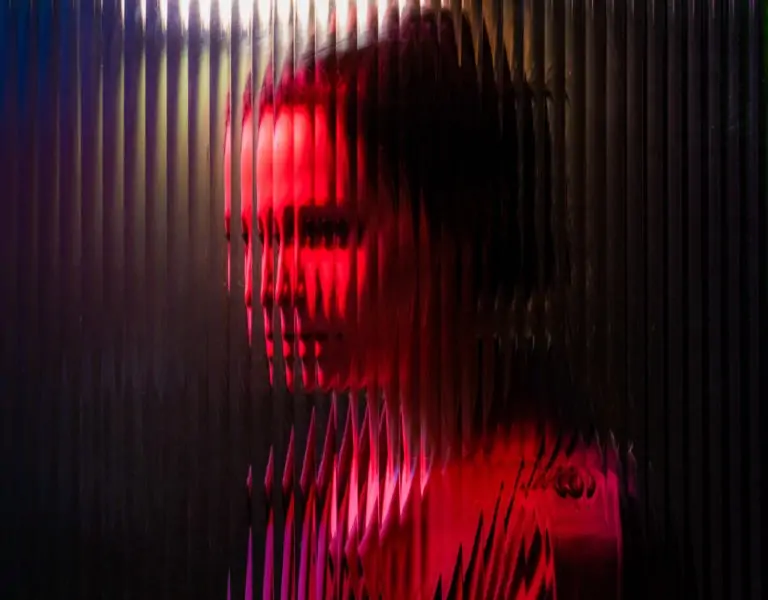I just learned a new word, umwelt. In my last column I said that I was on a strong learning curve with the work we’re doing about colour. Because of this learning curve I started reading a book called An Immense World – How Animal Senses Reveal the Hidden Realms Around Us, by Pulitzer Prize-winning author Ed Yong. I was looking for information about visual systems and how adding colours to Red, Green and Blue in digital displays can affect the conscious and unconscious feelings of our viewers.
This is a book about the sensory systems of all living creatures, including us. And according to Wikipedia the word umwelt encompasses “the biological foundations that lie at the very epicentre of the study of both communication and signification in the human [and non-human] animal”. In simple terms, it is the effect of the sum of all our senses which creates the boundaries of our conscious existence. And this applies to all living creatures. However, as I get deeper into Ed Yong’s book, the differences between species becomes a deeper subject to contemplate. If my cats see differently than I do how do I interpret what they are seeing and feeling? But that’s a rabbit hole I won’t go down in this column.
What I did start thinking about, however, is that as artists and storytellers we are the creators of each character’s narrative umwelt. We create the world they can see. We create what they can hear. We even create what they can smell and feel. We even have a hand in what they can taste (Eat Pray Love or Delicatessen for instance).
As directors of photography, we are primarily responsible for creating the visual world of what a character can see. There are many elements to that responsibility. It’s not just throwing enough light on a subject to get an exposure. We must use our own senses to be able to create a world for the actors to feel and sense what their character, at that very time in the story, need to portray their written and directed character.
This is a crucial part of our art and our craft. There are no formulas to accomplish this crucial design element for telling the story with light. We must consider that we are not only lighting a scene for the audience to see the images. We are really lighting a scene to inform the audience of what the character can see. I will give you two examples: how not to do it and the second, how to create a scene that informs the audience of what the character can see and what that character cannot see.
In days long past (I hope) it was a rule that comedies had to be bright. Studios insisted that we were supposed to light bright and flat (well, they didn’t say flat, but that’s what they meant). I shocked Mel Brooks when I shot Life Stinks because he thought it was one of the better photographed movies he made. I always thought I should make it look as good as I could even if I had to trick people into giving them better than they thought they could get.
How delicious it is to be able to do that in our world today. But I’m going to leave that to today’s producers to tell you, “We want this show to be very dark and cinematic.” Somebody must have said that to the really talented DPs from Game of Thrones and House of the Dragon. Their work is tasty. And to think that we now have cameras that can capture details in the deepest shadows where the difference between f-stops can be mere single-digit foot candles. I believe this helps our audiences suspend disbelief and really allows them to delve into the story because we are teasing their senses, almost like we are sitting in a cave watching the shadows on the rock walls from a flickering fire.
Speaking of senses, we still have hearing which has developed amazing technology to transport us through the experience of sound. But I’ll leave that to the sound department.
So, what about smell? Well, they tried that in the ‘50s and it just didn’t work. The technology was so primitive, that they couldn’t evacuate the first smell before the next smell was released. Everything started smelling like a combination of garlic and men’s room mints. Seriously! I was there.
The last human sense we can mention is touch. But how can that be a factor in influencing an audience sitting in a dark auditorium? I’ll give you an example; there was a moment in the Luis Buñuel movie Belle de Jour where Catherine Deneuve is just walking through a hallway, and she has her hand trailing along behind her feeling a marble surface of a piece of furniture as she walked. It was such a powerful moment that the audience could feel the coldness of that surface. I know I felt it.










